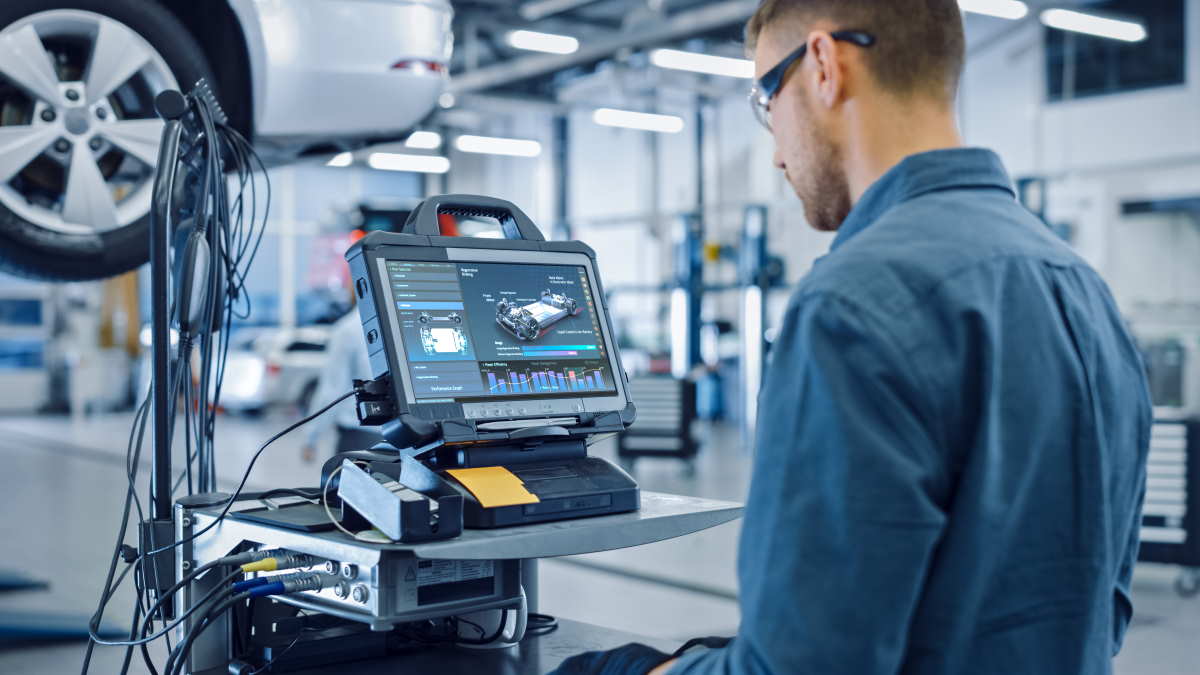Solar panels, which use sunlight to create renewable electricity, have become popular aids in the quest to build a greener future. However, as an increasing number of solar panels are being employed, it is essential to recycle them responsibly. When solar panels reach the end of their lifecycle, they must be destroyed properly to minimize environmental harm. Solar panels are made up of different components that contain a variety of materials. These components—tempered glass, aluminum frames, silicon cells, and plastics—may discharge potentially hazardous materials into the environment unless treated appropriately.

In addition, some solar panels have toxic substances such as lead and cadmium in their cells. When destroyed and deposited in landfills, substances can make their way into the ground and groundwater. If that water is used by people or as a source of food, this can be catastrophic, but even if it isn’t, animals and plants in those areas might be quickly wiped out. To be absolutely certain these destructive outcomes don’t occur, we advocate for engaging in dependable recycling operations to guarantee old solar panels are really dealt with. Texas, owing to its substantial solar potential, has certain rules and limitations regarding how solar panels ought to be dealt with. This article will investigate Texas’s various demands.
Current State of Solar Panel Recycling in Texas
Texas Commission on Environmental Quality is the state’s environmental regulatory organization. Currently, Texas does not have specific regulations dedicated exclusively to solar panel recycling. However, everyone who produces or handles the generation of solar panels is subject to the waste management regulation set by the TCEQ. The safe methods of handling, storage, transportation, and recycling of electronic waste are already part of the existing waste management framework, under which solar panels fall.
In addition, Texas has yet to implement an extended producer responsibility scheme in relation to solar panels. An EPR program usually makes a producer responsible for the product until it is disposed of; responsible disposal is economically rewarding. There is no EPR arrangement for solar panels in the state, but EPR is already a practice in other states, and its use will likely increase in the future.
The Benefits of Proper Recycling of Solar Panels
Educating the public and involved stakeholders in the state of Texas in appropriate recycling of solar panels provides numerous benefits to the environment and the economy. Firstly, it reduces the need for landfill spaces. Instead of taking up waste dumps and poisoning the environment, decommissioned solar panels can be responsibly disassembled and recycled, thus curtailing entry into the waste system of certain useful components . Recycling reduces the carbon footprint, as there is no need to manufacture new ones. It also assists in resource preservation; depending on the kind, all or most of the components may be restored, eliminating or minimizing the production of replacements with no loss.
Solar Panel Recycling Company in Texas: Finding a Suitable Company
Finally, finding a solar panel recycling company in Texas is the last step towards responsible recycling of panels. A reputable local recycling business will help ensure panels are safe to handle, extract all valuable materials, and reduce any potential hazards to the environment. A local recycling company offers several benefits. For example, proximity minimizes the distance traveled to transport the panels to a recycling facility. Additionally, local companies have better knowledge of local regulations and infrastructure, making it easier for them to meet requirements outlined in waste management regulations. Moreover, certifications and compliance with environmental standards such as ISO 1400 are proof that a solar panel recycling company in Texas obeyed all rules during the recycling process. These certifications prove that the company followed the best practices during recycling, making it ideal for recycling in the first place.
Best Practices for Solar Panel Disposal in Texas
Adhering to best practices ensures that the industry, individuals, and organizations appropriately dispose of solar panels. First, retiring solar panels should be handled with utmost care in the first place. Proper handling minimizes the chances of physical damage to the panels and subsequent release of hazardous materials. Therefore, one must ensure panels are safely stored during transportation. Additionally, it is essential to keep records of the disposal process. The documentation will assist in compliance and accountability matters. Additionally, it helps track disposed panels, ensuring they are handled by certified recyclers.
Lastly, dealing with certified recycling facilities is a recommendation that guarantees appropriate solar panel handling. Such facilities have the required skills, equipment, and protocols for safely and efficiently disassembling solar panels, extracting useful materials, and recycling the remainder .

Technological Innovations in Solar Panel Recycling
There are numerous technological trends, developments, and innovations in solar panel recycling. Robotic-based recycling and robotic disassembly have emerged as the most promising . Robotic disassembly can automatically dissociate each module using computer vision to analyze and decide if it would be possible to recycle major elements of some, such as silicon cells, aluminum, glass, and small wires. The technique would enable the different pieces to be recycled. Some of the development and innovations in the recycling of solar panels also include the use of pyrolysis technology, which is heated under standard pressure to return the product to its only molecular element.
Public and Private Initiatives for Solar Panel Recycling in Texas
Most public governments and institutions in Texas have launched initiatives to ensure responsible disposal of solar panels. For example, the European Union during 2012 announced the Association of Solar Ecology. Some Texas institutions have followed the move to take necessary disposal measures that will not affect the environment through partnerships and resource facilitation.
Aside from governmental regulations, private sector initiatives should not be overlooked. There is an increasing number of responsible manufacturers and solar installation companies, which understand the implications of poor recycling practices and take action. Many companies partner with certified recycling companies, maintain take-back programs, or establish their recycling units, ensuring the proper recycling of retired panels .
Conclusion
Therefore, as more solar panels are installed in Texas, it is crucial to know how to handle and manage the recycling process. Solar panels that are improperly recycled do more harm than good, but the proper solar panel recycling process helps to avoid that. Waste management in Texas requires an understanding of the compliance landscape in order to know how to properly carry out the process. Even though the Texas regulatory landscape has specific regulations on the solar panel recycling process, the E-waste regulations help cover the solar panel recycling because solar panels comprise E-components.
Proper recycling of solar panels in Texas is beneficial in that it helps to reduce carbon weight and avoid wastage of resources and space. A worker who elects a competent recycling company in Texas can trust that solar panels received are all processed in a compliant manner, maximizing safe recovery and minimizing harm to the environment. Solar panel recycling should be embraced by both individuals and organizations making it easier and manageable through the recommendations of solar panel recycling.
Recycling technology and public and private initiatives are making recycling in the state easier and manageable. Therefore, recycling of solar panels in Texas is a multisectoral component. Individuals and companies can drive it through regulations, companies and the technology component especially for a future where people recycle solar panels to minimal harm. Therefore, there is a need to drive an efficient transition to a cleaner Texas.















